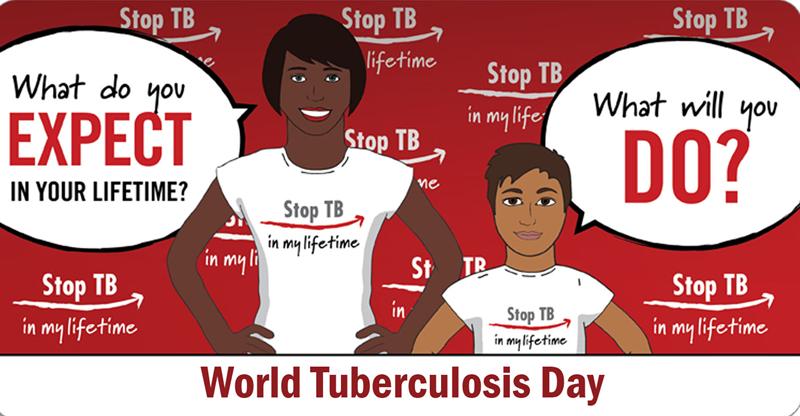An estimated 23,000 people die from tuberculosis each year in the region of the Americas.
 On World Tuberculosis Day (March 24), the Pan American Health Organization (PAHO) and the World Health Organization (WHO) called on countries of the Americas to work together to end tuberculosis by the year 2030.
On World Tuberculosis Day (March 24), the Pan American Health Organization (PAHO) and the World Health Organization (WHO) called on countries of the Americas to work together to end tuberculosis by the year 2030.
This year’s slogan, "Unite to End Tuberculosis" refers to the need for governments, parliamentarians, health workers, communities, the private sector and civil society to work collectively to prevent and control the disease, an effort that goes beyond the capabilities of the health sector.
Between 1990 and 2014, the Americas reduced new cases of tuberculosis and reduced deaths from the disease by more than half. With the new global post-2015 goal, and the End TB Strategy in effect, the WHO seeks to end the disease in the next 20 years. However, an estimated 280,000 people still get sick each year, with 23,000 people dying from tuberculosis in the region.
To advance this path, health authorities in the Americas last year set the goal of reducing the death rate from tuberculosis by at least 24 percent by 2019. To achieve this goal, the PAHO Action Plan for the Prevention and Control of Tuberculosis provides for an intensified focus on the patient, increased research on prevention and control of tuberculosis, and the mobilization of new funding for initiatives implemented against the disease.